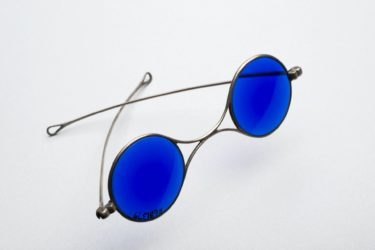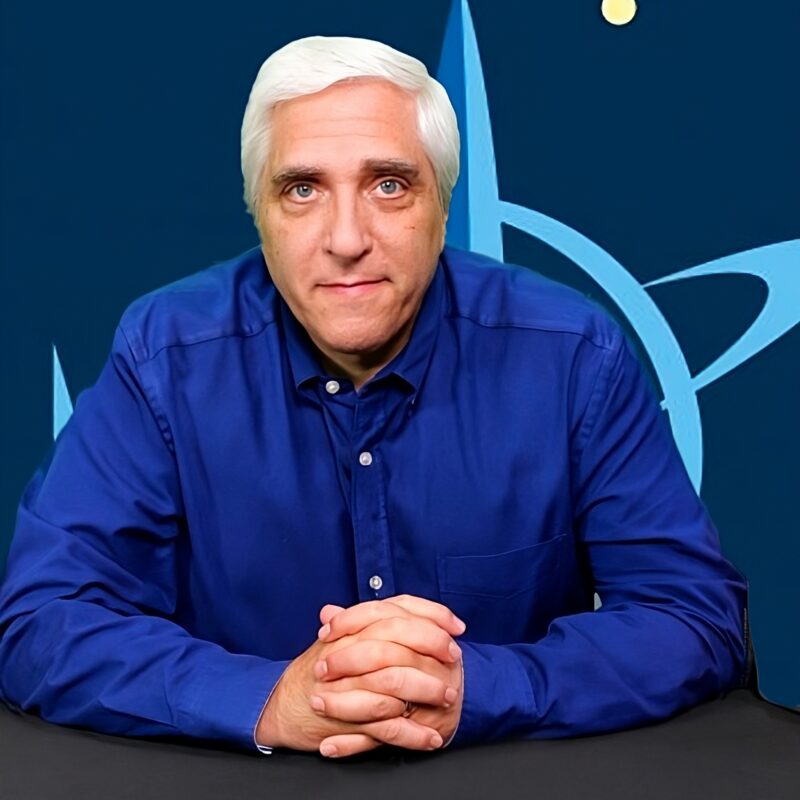The Science of Clinical Trials
Science-based medicine is partly an exercise in detailed navel gazing – we are examining the use of science in the practice of medicine. As we use scientific evidence to determine which treatments work, we also have to examine the relationship between science and practice, and the strengths and weaknesses of the current methods for funding, conducting, reviewing, publishing, and implementing scientific research...
Conscious Discipline – More Dubious Neuroscience
I did not coordinate my topic for today with Harriet’s excellent review yesterday of Satel and Lilienfeld’s excellent book; the timing is just fortuitous. Harriet discussed popular abuses of neuroscience, which often amount to an oversimplification and hyperreductionism of a complex area of study. I was recently asked to comment on a claim that I feel falls squarely into this realm –...
Autism and Induced Labor
A recently published epidemiological study in JAMA Pediatrics looked at the association between induction and enhancement of labor and the risk of autism. The researchers found a positive association, especially with males. The study has been variously reported in the popular press with causal interpretations not justified by the data. The study itself is very robust – the authors looked at 625,042...

Irlen Syndrome
Is Irlen syndrome real? Probably not, and likely represents yet another form of zombie alternative medicine, immune to science and evidence and almost impossible to stop.
Yoga Woo
Yoga is an increasingly popular form of exercise in the US. According to Yoga Journal more than 20 million Americans use yoga as their form of exercise. As a form of exercise yoga is fairly straightforward, involving stretching and holding poses that strengthen muscles. It also carries the generic benefits of any exercise in terms of calorie-burning and cardiovascular health. Yoga, however,...
Prenatal Mercury and Autism
Mercury in unequivocally a neurotoxin. It is especially damaging to the developing brain. But it’s the dose that makes the toxin, and so a low enough exposure even to something known to be potentially harmful may not be. Further, the body has mechanisms for dealing with toxins, and toxins in the body may not be reaching the cells they can potentially damage...
Researching SBM Online
The internet is a fabulous resource of information. It is one of those technological innovations for which you soon can no longer imagine how you lived without it. I certainly cannot imagine a project like science-based medicine prior to the web. The web, however, is also a tremendous source of misinformation, opinion, and ideology. Also the volume of information, good and bad,...

Brain Stimulation for the Masses
In the last decade or so there has been increasing research into non-invasive brain stimulation techniques for a variety of conditions. These include transcranial direct current stimulation (tDCS), transcranial alternating current stimulation (tACS), random noise stimulation (tRNS), and transcranial magnetic stimulation (TMS). These techniques alter the excitability of neurons in the brain, seem to have an effect on plasticity (the ability to...
ASA Smacks Down Homeopathy
It is always gratifying to see regulatory agencies actually do their job. If those regulatory agencies whose job it is to protect the public from false or harmful medical advertising, products, or services thoroughly did their job, so-called “alternative medicine” would cease to exist. Recently the Advertising Standards Authority (ASA) in the UK issued a judgment about advertising for homeopathy, specifically by...
Auditory Integration Training
Finding a simple fix for complex problems is highly appealing, which drives a persistent market in simple fixes, whether or not they are actually effective. The growing “brain training” industry is an example of this – the concept being that performing simple tasks, such as playing particular games, can have wide-ranging cognitive benefits. Unfortunately the evidence has not been kind to this...


